Galleria mellonella
(Linnaeus, 1758)
-
 Subfamily: Galleriinae, Galleriini
Subfamily: Galleriinae, Galleriini -
 Wingspan: 25-41 mm
Wingspan: 25-41 mm -
 Flight period: Jun - Oct
Flight period: Jun - Oct -
 Spread: Common
Spread: Common -
 Host plants: Honeycomb
Host plants: Honeycomb
Information
The Galleria mellonella also called Galleria mellonella is a moth of the Pyralidae family, with a wingspan of 19-37 mm.
It is found in most of Europe, with the exception of Croatia, Ukraine and Iceland. *
Cosmopolitan moth it is found all over the globe. ***
In Italy it is absent from the islands. *
The front wings of the Galleria mellonella are gray / brown in color with more intense blackish dusting in the anal area, an area that occurs in
a slightly lighter shade than the rest of the wing. The wings are fringed.
The hind wings are whitish, sprinkled with gray / brown near the border, also fringed.
Head, thorax and abdomen are in the background color of the front wings with a moderate down.
This moth flies from May to October in the temperate parts of its range.
Females are larger and heavier than males and possess a distinctive beaked head.
The outer margin of the anterior part is smooth and the labial palp is extended forward. Males are identified by a semilunar notch.
Females live for an average of 12 days; males live for an average of 21 days. Mellonella eggs are laid in spring.
Males are capable of generating ultrasonic sound pulses which, together with pheromones, are used in mating.
Galleria mellonella larvae are often used as model organisms in research.
This moth is well known for its parasitization of bees and their hives. ***, ****.
Due to the economic loss caused by this species, several control methods have been used, including heat treatment
and chemical fumigants such as carbon dioxide. *****
The eggs are white, shiny, spherical in shape. **
The larva of Galleria mellonella is a caterpillar that reaches a maximum size of about 3 cm in a creamy white color with head and prothoracic shielda brown / amber colored .
Along the arc of their existence as larvae, honeyworms experience a first period in which the diameter of the body is uniform along the entire length.
At this stage they use their energies to grow.
The larvae found on the market for use in fishing undergo a heat treatment that prevents pupation and therefore reproduction.
The chrysalis is ocher in color with brown / purple hues, it is found inside a silky cocoon covered with the residues present inside the hives. **
In 2017 it was discovered that the larvae of the Galleria mellonella would be able to naturally degrade polyethylene,
thus constituting a development hypothesis for new plastic waste disposal techniques. ******
As mentioned, the larvae feed on impurities from the bees' wax, honey, feces and of the bees.
* Lepidoptera mundi https://lepidoptera.eu/ - Fauna Europea https://fauna-eu.org/
** Bestimmungshilfe für die in Europa nachgewiesenen Schmetterlingsarten - http://lepiforum.de/ -
*** Atlas, NBN. " Galleria mellonella : Wax Moth | NBN Atlas | NBN Atlas" . species.nbnatlas.org
**** Paddock, Floyd B. (1918). Beemoth or waxworm. College Station, Tex.: Texas Agricultural Experiment Stations, 1918
***** Kwadha, Charles A.; Ong’amo, George O.; Ndegwa, Paul N.; Raina, Suresh K.; Fombong, Ayuka T. (2017-06-09).
"The Biology and Control of the Greater Wax Moth, Galleria mellonella". Insects. 8 (2): 61. doi:10.3390/insects8020061.
****** Bombelli, P.; Howe, C. J.; Bertocchini, F., Polyethylene bio-degradation by caterpillars of the wax moth Galleria mellonella, in Current Biology, vol. 27, n. 8, Londra, Current Biology Ltd., 24 aprile 2017, pp. R292–R293,
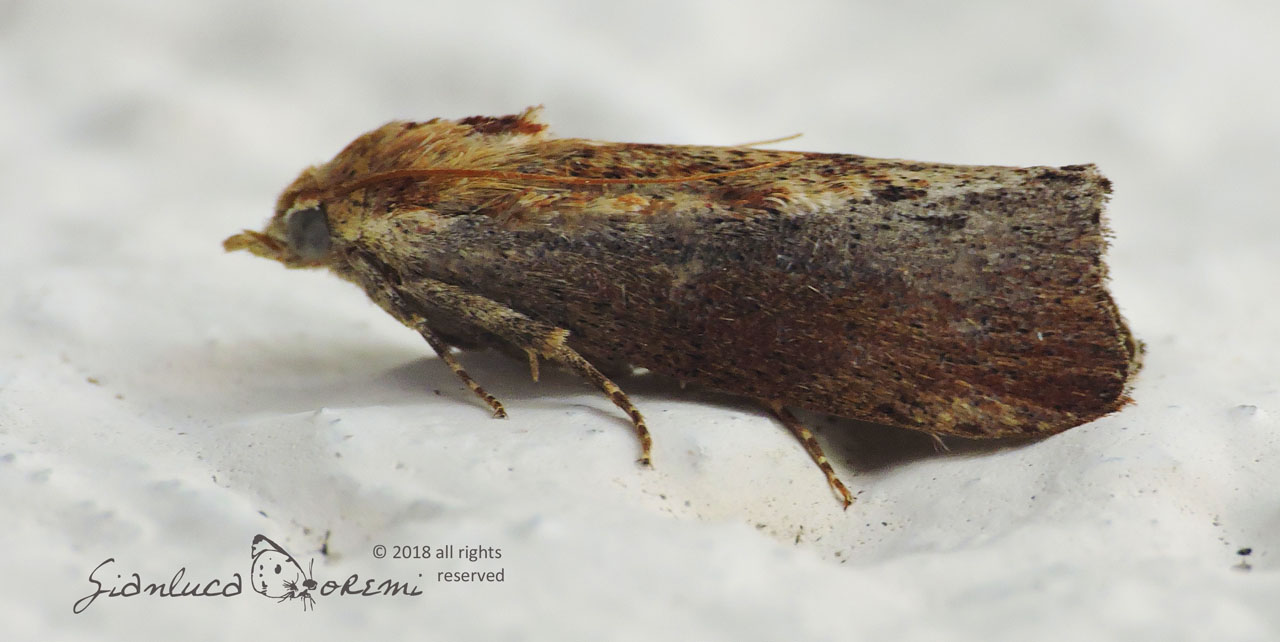
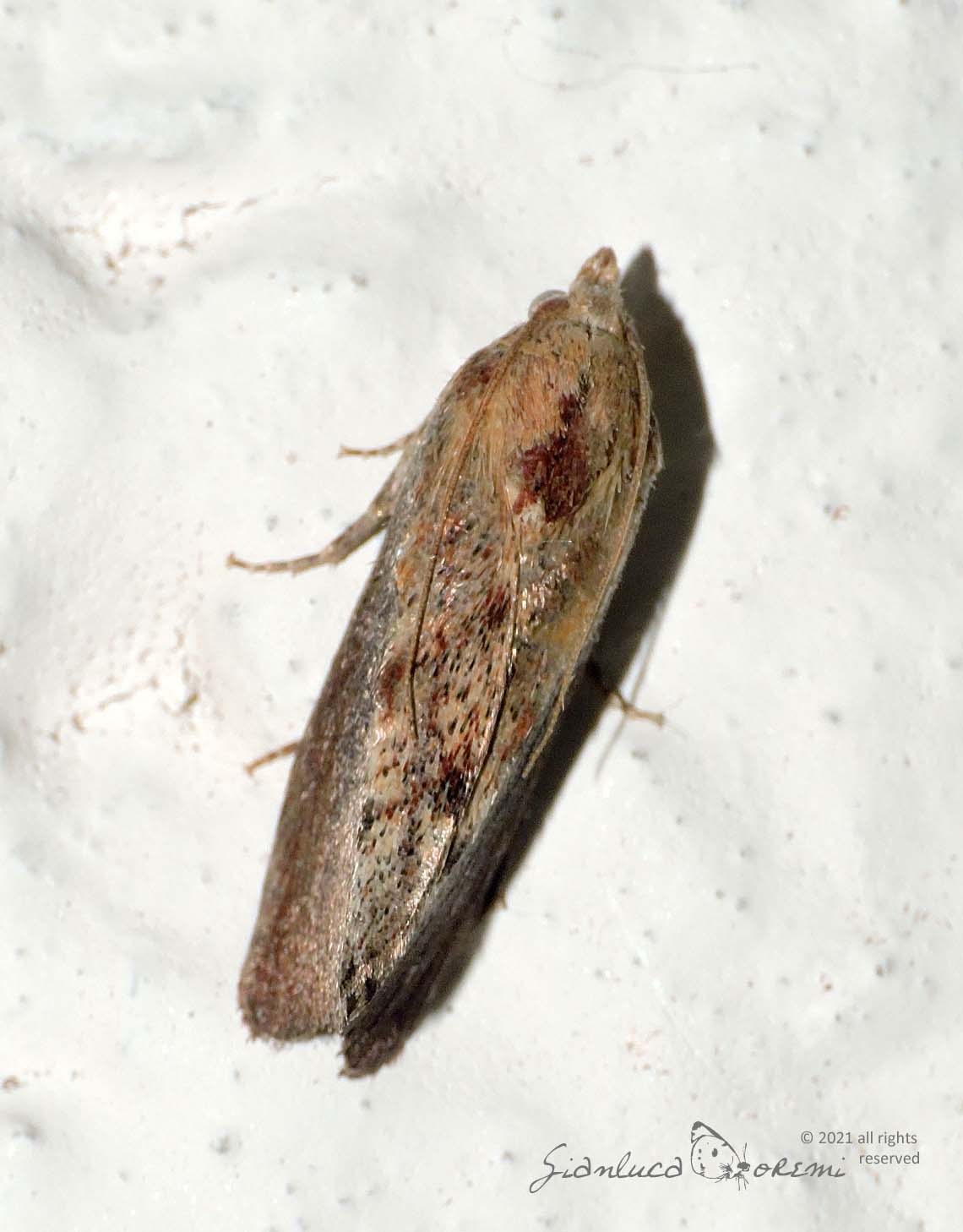
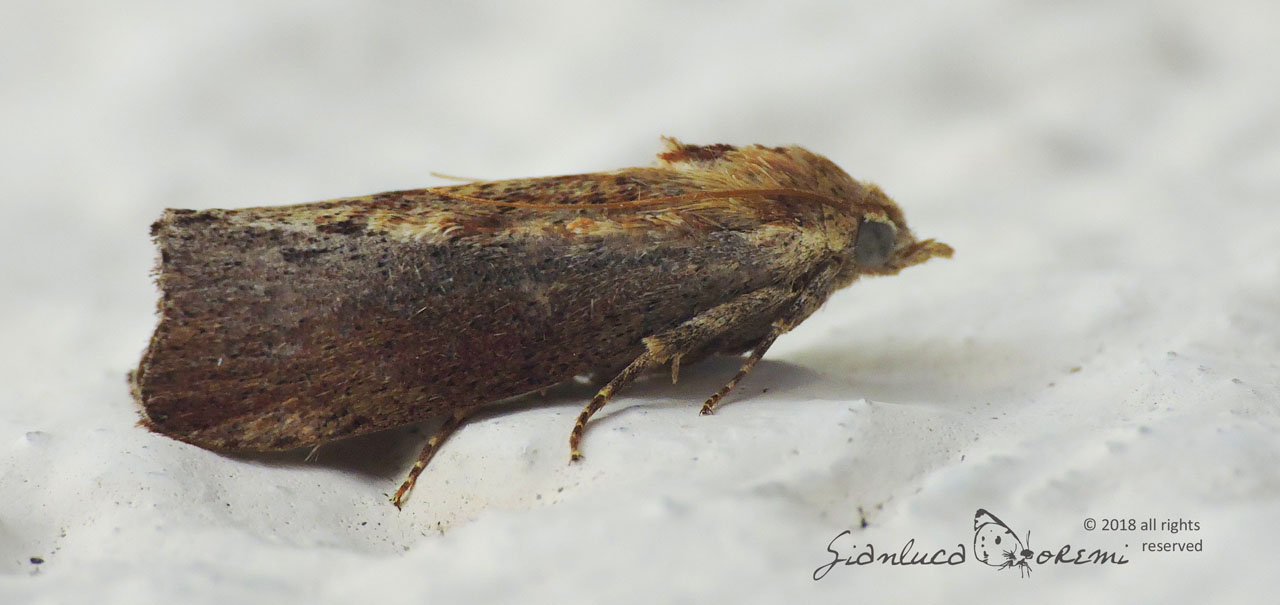
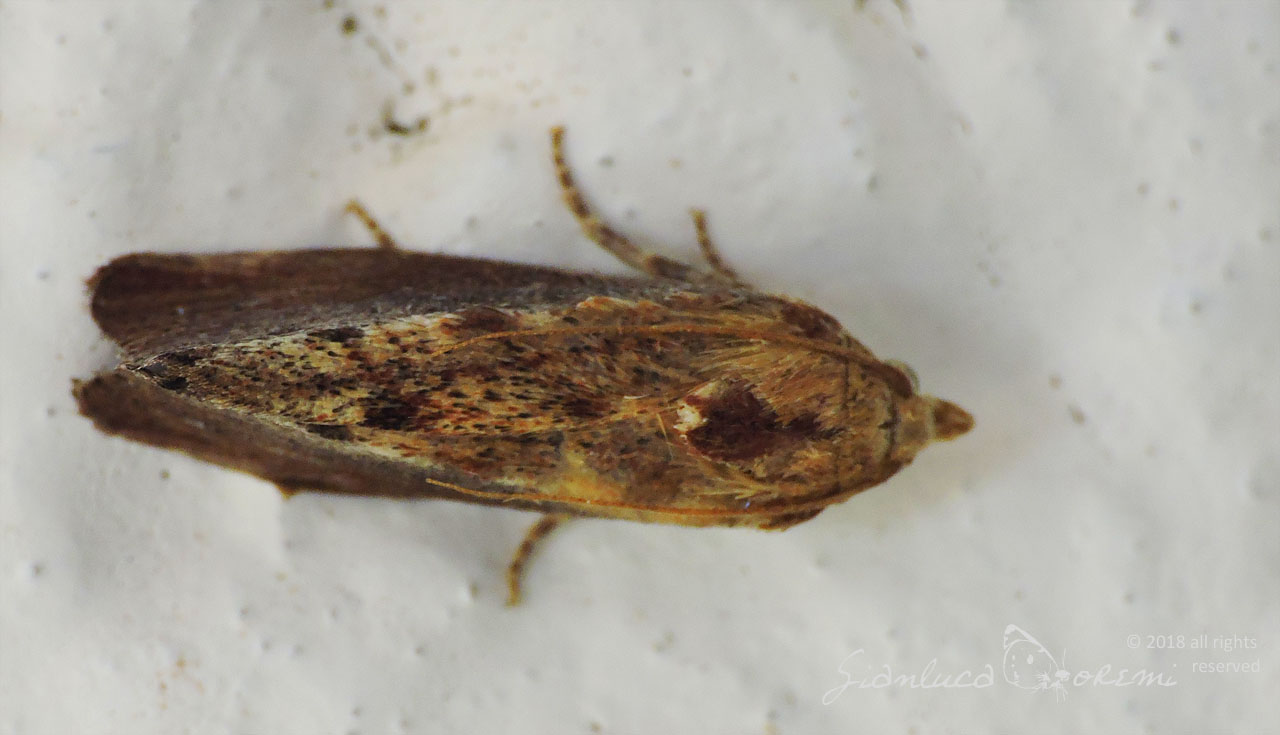
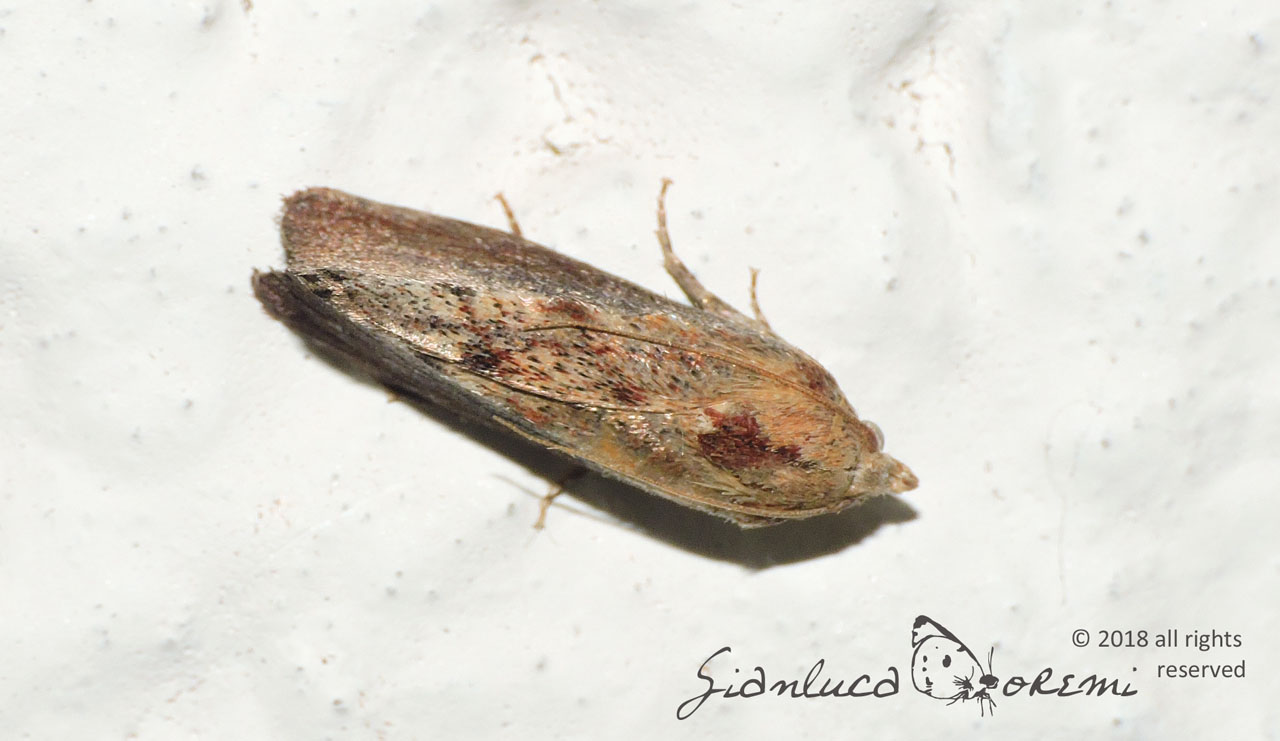

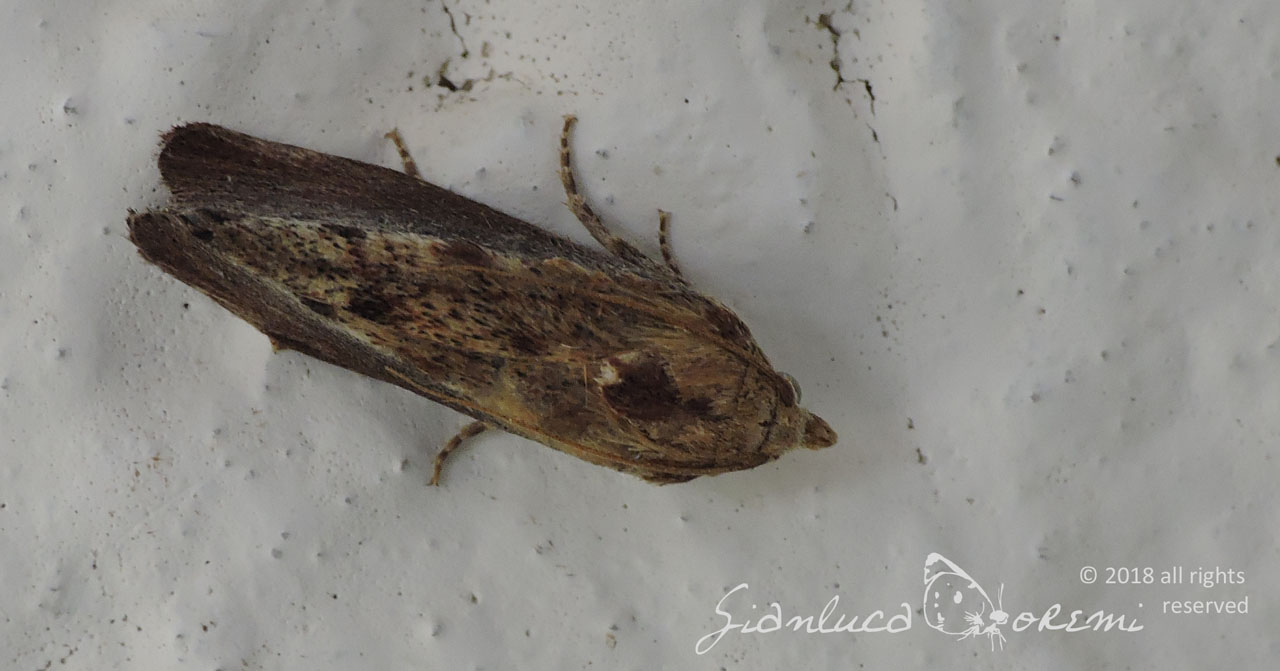
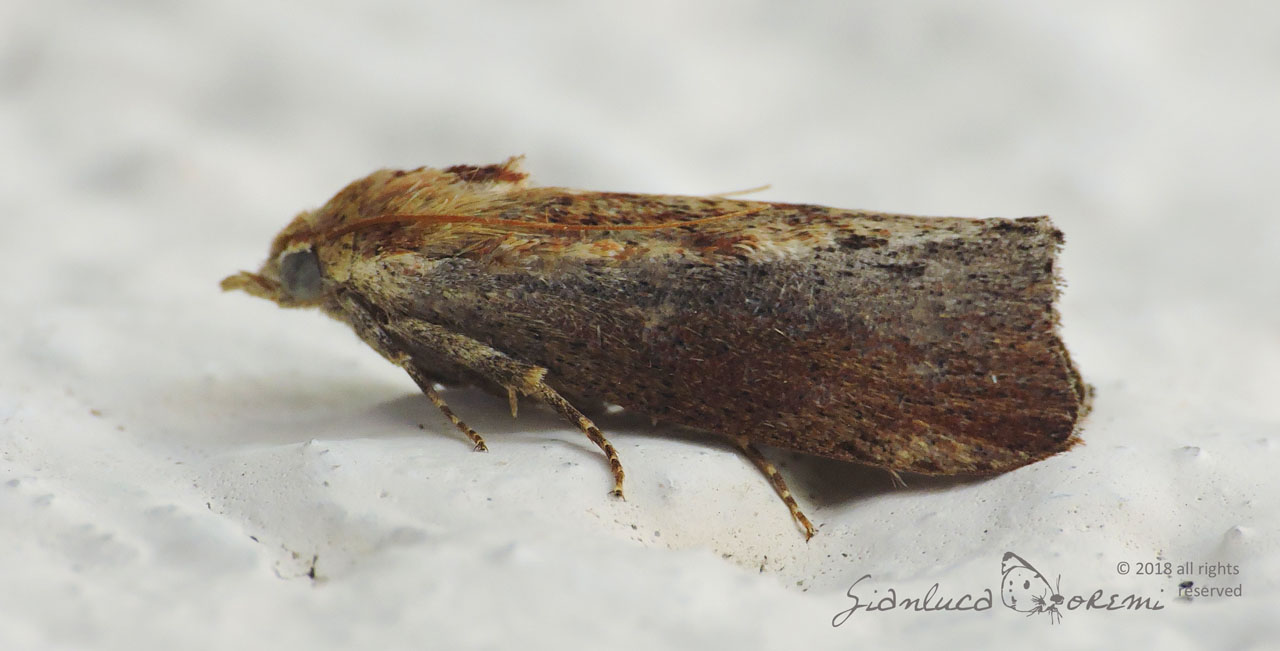

 EN
EN ITA
ITA
Social and publications